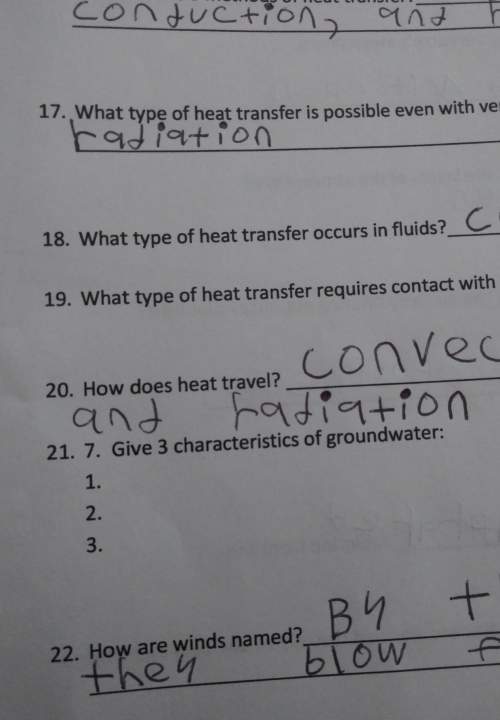
So far in your life, you may have assumed that as you are sitting in your chair right now, you are not accelerating. However, this picture is not quite complete! You are on the surface of the Earth, which is rotating. While answering the following questions you may ignore the Earth’s motion around the sun, galactic center, etc. (though that is another interesting question!) (a) What is the magnitude of the acceleration of a person sitting in a chair on the equator? (b) At the equator, is your mass times the gravitational acceleration of the Earth greater than, less than, or equal to the normal force exerted on you by the chair you are sitting on? Explain. (c) A classmate of yours asks you why we have ignored this acceleration for the whole first term of physics. "Is everything we’ve learned a lie?" they ask. Ease their fears by calculating the percentage difference between the normal force from the chair and your weight while sitting on equator. (d) The latitude of Corvallis is 44.4˚. What is your acceleration while sitting in your chair?

Answers: 2
Another question on Physics

Physics, 22.06.2019 08:00
Why is it important always to use horizontal bars in unit fractions when performing unit conversions?
Answers: 3

Physics, 22.06.2019 09:00
Agroup of students is studying convection currents. they fill two identical balloons with the same amount of helium. one balloon is placed in a freezer and the other in an area with warm air. after 10 minutes, the balloons are released from a height of 1 meter. which of the following do the students most likely observe? question 2 options: the balloons rise at the same rate. both balloons are the same size. the ballons both rise. the cold ballon is larger than the warm balloon. the cold balloon expands and rises. the warm balloon shrinks and sinks. the warm balloon expands and rises. the cold balloon shrinks and sinks.
Answers: 3

Physics, 22.06.2019 10:30
Agroup of students were investigating the force of gravity. they began by dropping a foam ball from a height of 3 meters into a bucket of sand. the ball hit the sand in 0.306 seconds. they dropped additional balls of approximately the same diameter, but of different masses. here is the data they collected. based on this experiment and the collected data, what would their conclusion be?
Answers: 1

Physics, 22.06.2019 11:50
The mass of the sun is 1.99×1030kg and its distance to the earth is 1.50×1011m. what is the gravitational force of the sun on the earth?
Answers: 3
You know the right answer?
So far in your life, you may have assumed that as you are sitting in your chair right now, you are n...
Questions





Mathematics, 28.09.2020 14:01


English, 28.09.2020 14:01

History, 28.09.2020 14:01


Chemistry, 28.09.2020 14:01






History, 28.09.2020 14:01


History, 28.09.2020 14:01

Mathematics, 28.09.2020 14:01






























